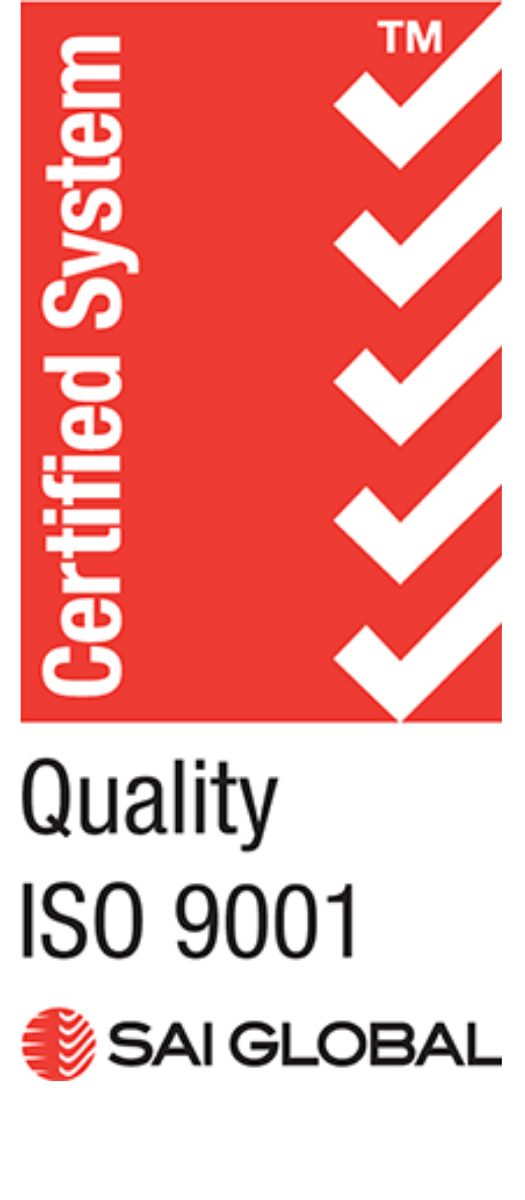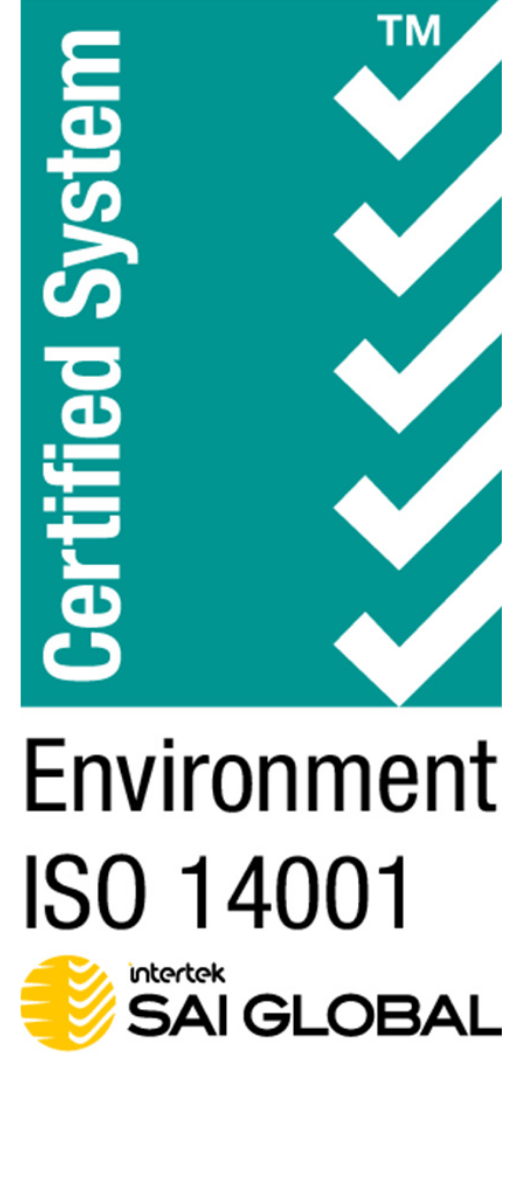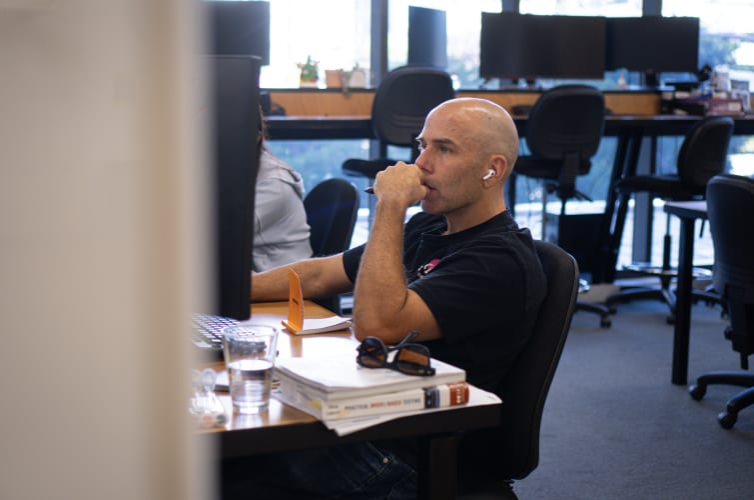
Model-Driven Software Lifecycle for System Modernisation
At WorkingMouse, we deliver tools engineered to modernise and optimise your software systems by seamlessly integrating Model Driven
Engineering (MDE), traditional software development, and DevOps practices. Using our proprietary Internal Development Platform (IDP),
Codebots, we've crafted a holistic approach that places the power of system control into the hands of all stakeholders. This approach
synergises technology, collaboration, and quality control, allowing stakeholders to manage systems from a concurrent model. The process
breakdown is designed to elucidate our methodology for prospective stakeholders eager to comprehend how Codebots serves as a
DevOps-compatible internal engineering platform.
Model-Driven Software Lifecycle
'%3E%3Crect x='0' y='0' width='1024' height='688' fill='%23ebeded'/%3E%3Cg transform='scale(4.00) translate(0.5 0.5)'%3E%3Cg transform='translate(205.65 126.39) rotate(355.81) scale(22.09 39.61)'%3E%3Cellipse fill='%23a4a5a6' fill-opacity='0.50' cx='0' cy='0' rx='1' ry='1'/%3E%3C/g%3E%3Cpolygon fill='%239c9a9a' fill-opacity='0.50' points='60,57 163,33 49,22'/%3E%3Cpolygon fill='%237d7b7b' fill-opacity='0.50' points='167,31 225,38 180,47'/%3E%3Crect fill='%23242222' fill-opacity='0.50' x='90' y='81' width='60' height='4'/%3E%3Crect fill='%23a0b0b8' fill-opacity='0.50' x='107' y='111' width='30' height='29'/%3E%3Cg transform='translate(72.81 96.62) rotate(230.54) scale(49.40 21.98)'%3E%3Cellipse fill='%23ffffff' fill-opacity='0.50' cx='0' cy='0' rx='1' ry='1'/%3E%3C/g%3E%3Cg transform='translate(211.04 11.13) rotate(274.63) scale(21.76 154.57)'%3E%3Cellipse fill='%23ffffff' fill-opacity='0.50' cx='0' cy='0' rx='1' ry='1'/%3E%3C/g%3E%3Cellipse fill='%23000000' fill-opacity='0.50' cx='206' cy='159' rx='9' ry='3'/%3E%3Crect fill='%233d90b4' fill-opacity='0.50' x='31' y='4' width='36' height='6'/%3E%3Cellipse fill='%23ffffff' fill-opacity='0.50' cx='238' cy='142' rx='29' ry='29'/%3E%3C/g%3E%3C/g%3E%3C/svg%3E)
1. Codebots
a. The technical team create the Meta-Models and initial application models. The all stakeholders collaborate on
the models.
b. The Codebots Pipelines input and process the models to generate the target application artefacts.
c. Active Collection API's update data during process step relevant to compiling the application.
d. The Artefacts are both the updates application compile files and documentation based upon the models.
2. Git & CI/CD
a. Codebots commits to Git just like another developer. The models and requirements also match with the automated regression Testing with
then run on a CI/CD pipeline.
b. Automated Quality Control for Code, Performance and Security test tools are run to ensure the application
matches organisational standards.
c. The technical team can working alongside the Codebot and artefact to update and configure at the code level within protected regions
using their Local Dev Environments just like the traditional development process and with their existing tools.
3. Target Application
a. The bot is setup to whatever the organisations preferred standards are for Client-Side Framework, this is usually
React, VueJS or other widely supported open source framework. This also includes the component library, HTML, CSS and Client Side
JavaScript.
b. The bot also writes all Server-Side logic for the database and API to the client-side and external systems.
Common technologies used are C#, Spring and include application environments and containerisation.
4. Testing & Acceptance
a. The CI/CD process enables a new Beta Environment to be automatically released to the customer preferred Beta
environment on prem, private or public cloud.
b. The Product Owners complete User Acceptance Testing (UATs) to ensure the model updates satisfy the requirements. The
model can be iterated and pipelines re-run or the application can be released to production.
5. Production Release – Yay!
6. Operate and Monitor
a. The technical stakeholder can Support the Application’s users.
b. The non-technical stakeholders Operate the business system and target application.
c. The technical team Monitor for usage and security to ensure uptime for the operational team.
d. All stakeholders provide further Enhancements as required to optimise the business process.
Summary
At WorkingMouse, we deliver specialised tools designed to modernise and optimise your software landscape. Our proprietary platform,
Codebots, bridges Model Driven Engineering (MDE), traditional software development, and DevOps practices in a holistic framework that
empowers all stakeholders. This unique synergy of technology, collaboration, and quality control allows for managing systems at a more
abstract level through modelling. This process breakdown is crafted to clarify our methodology, providing prospective stakeholders with
insights into how Codebots functions as a DevOps-compatible internal engineering platform.
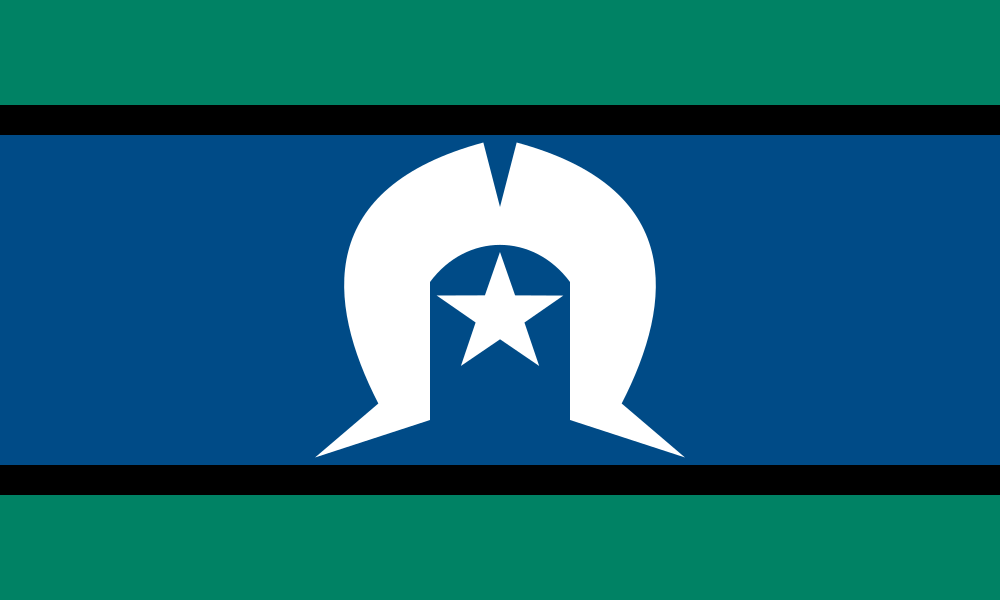


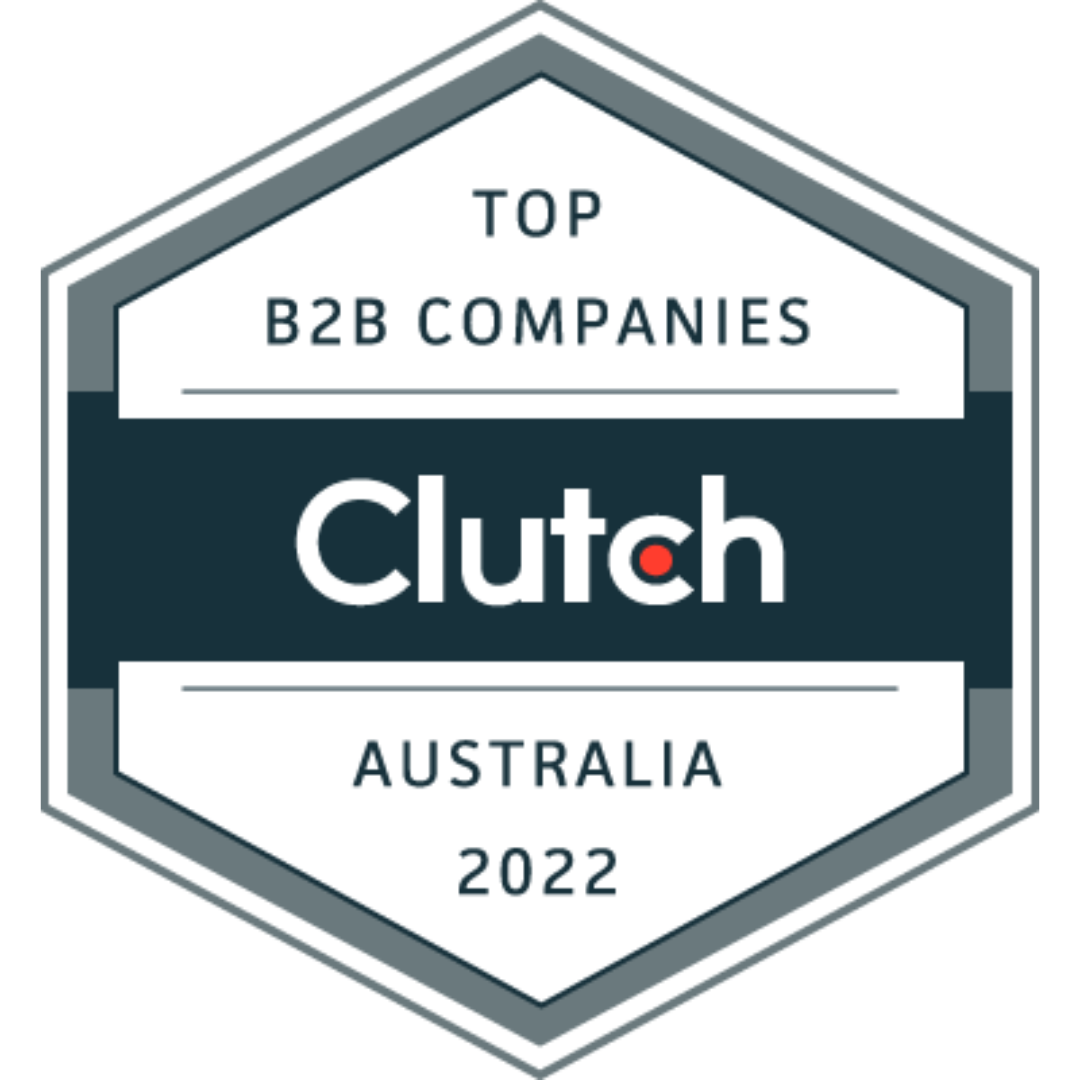
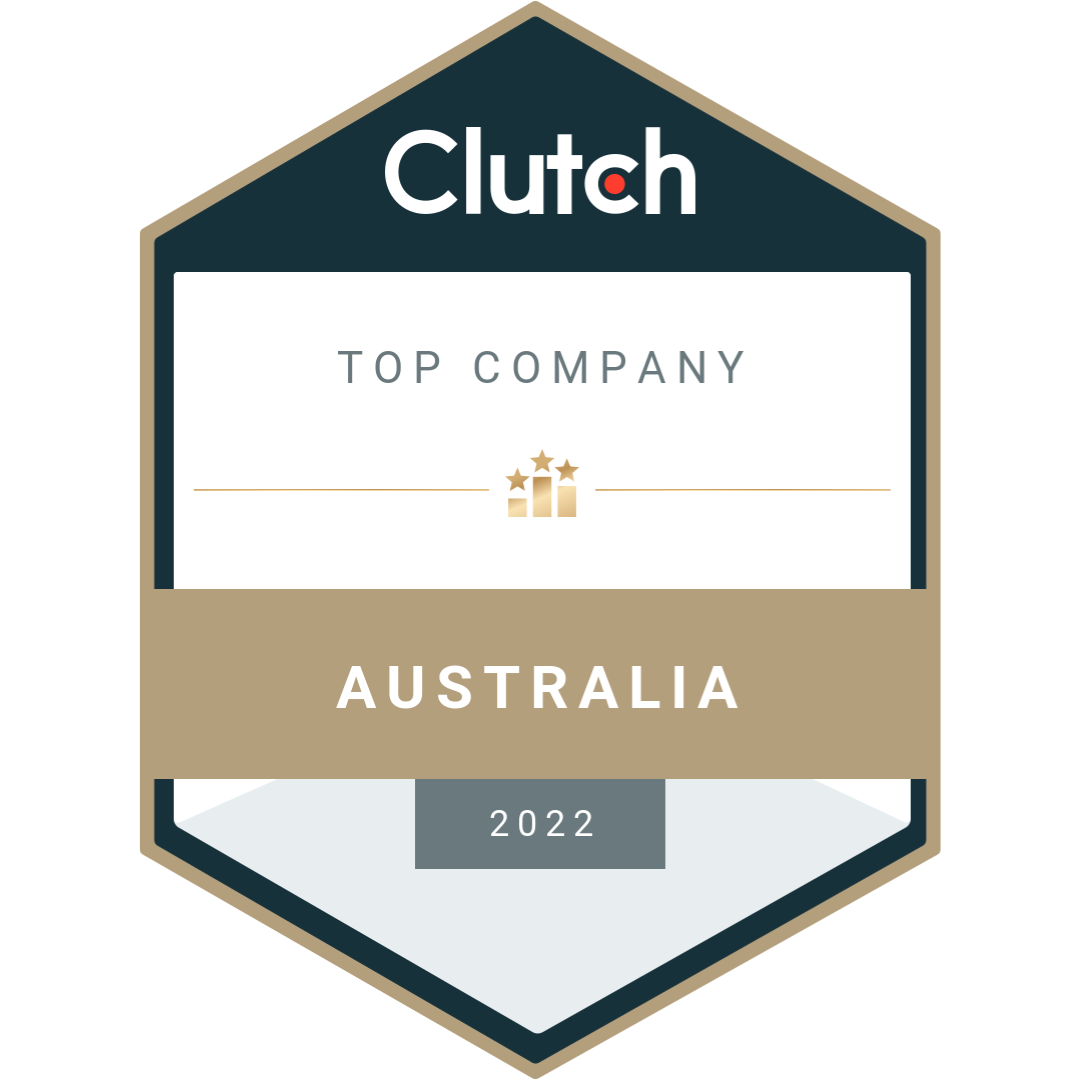
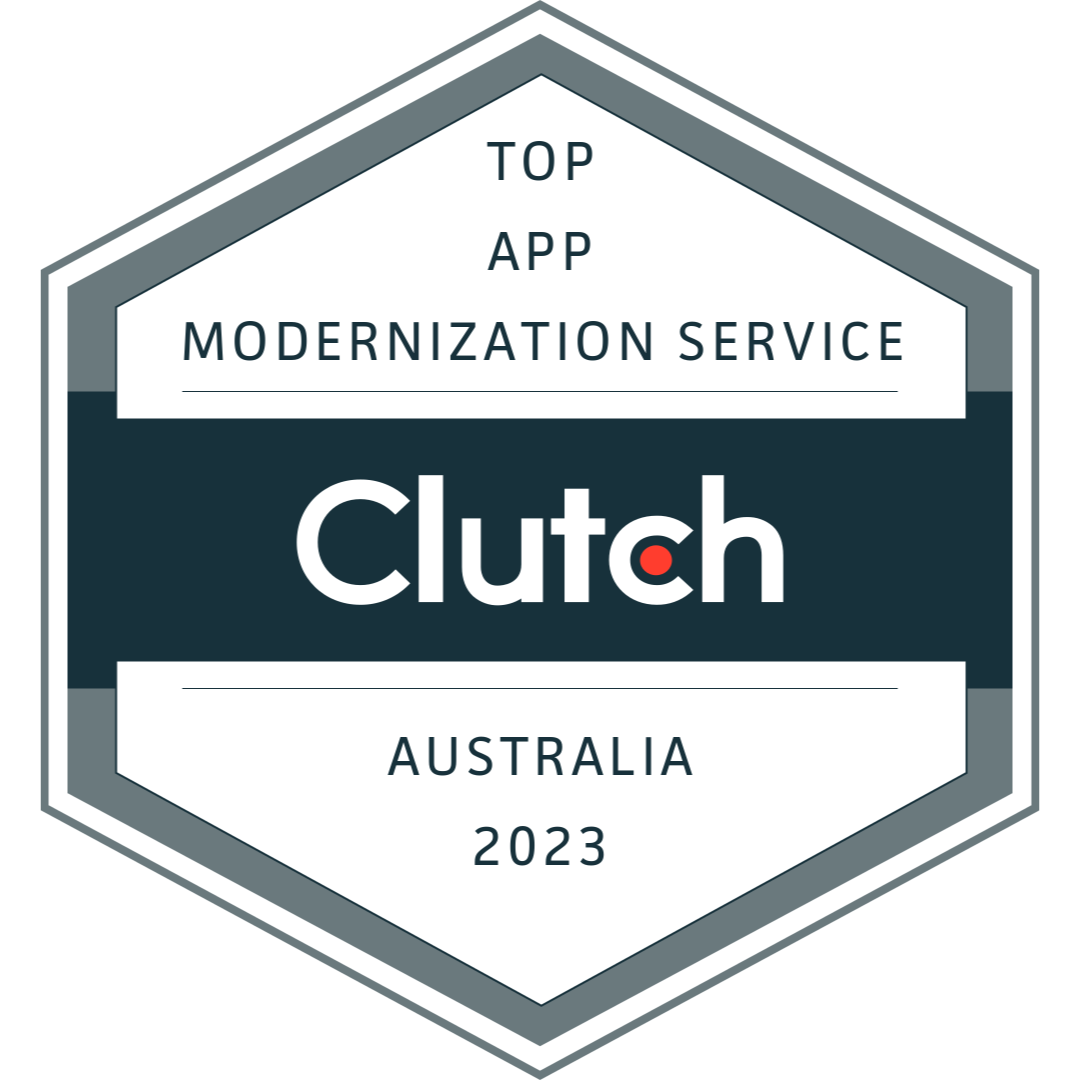
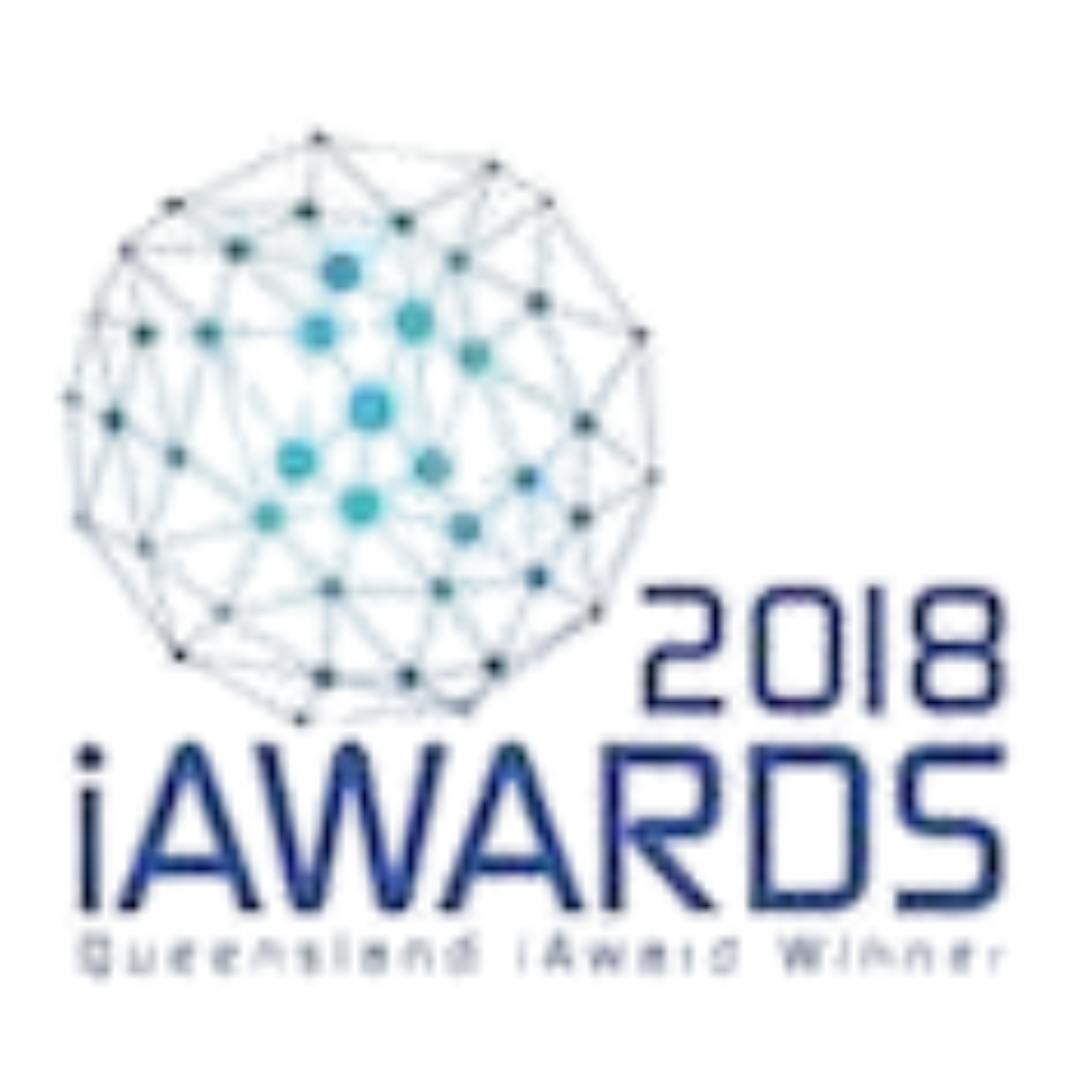
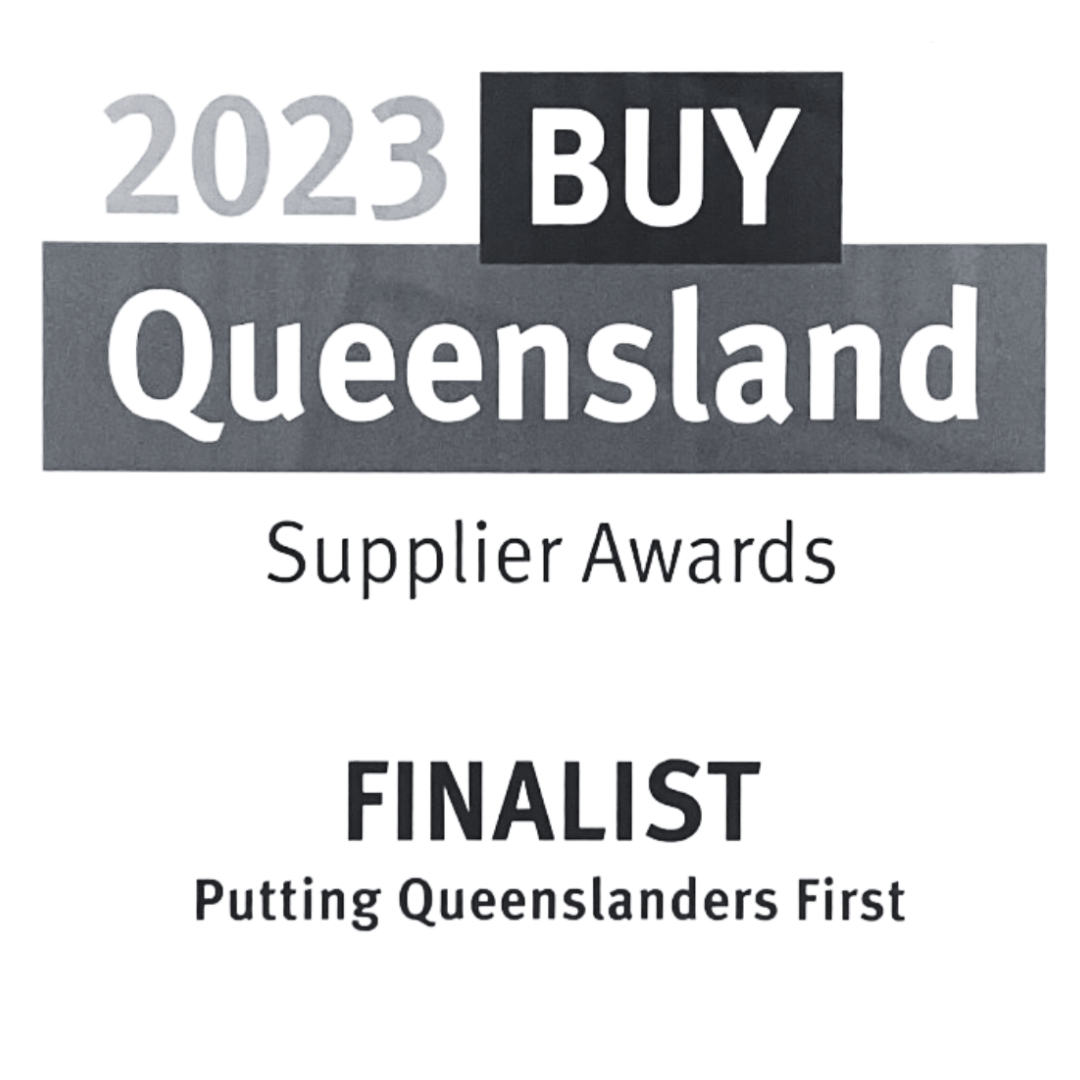
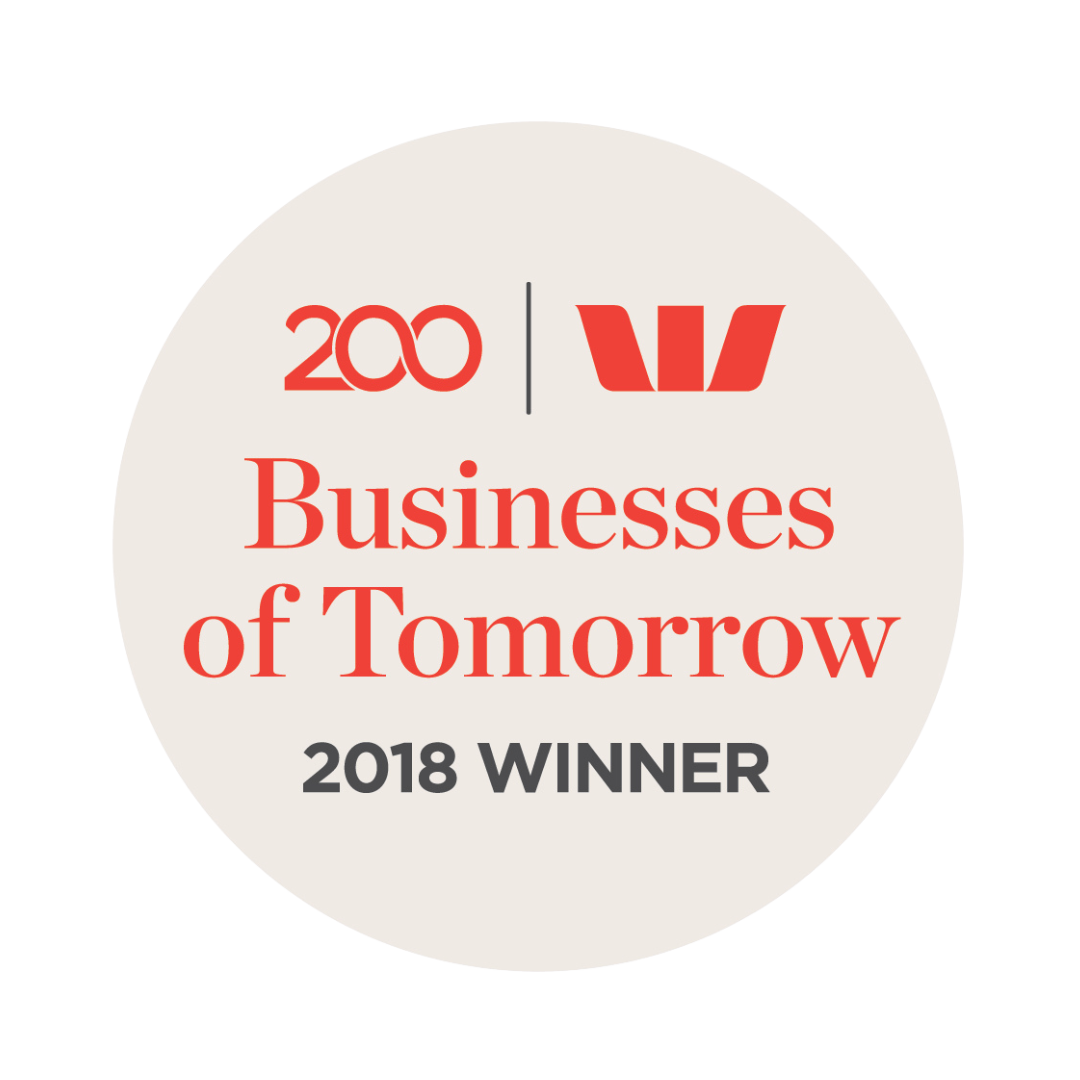
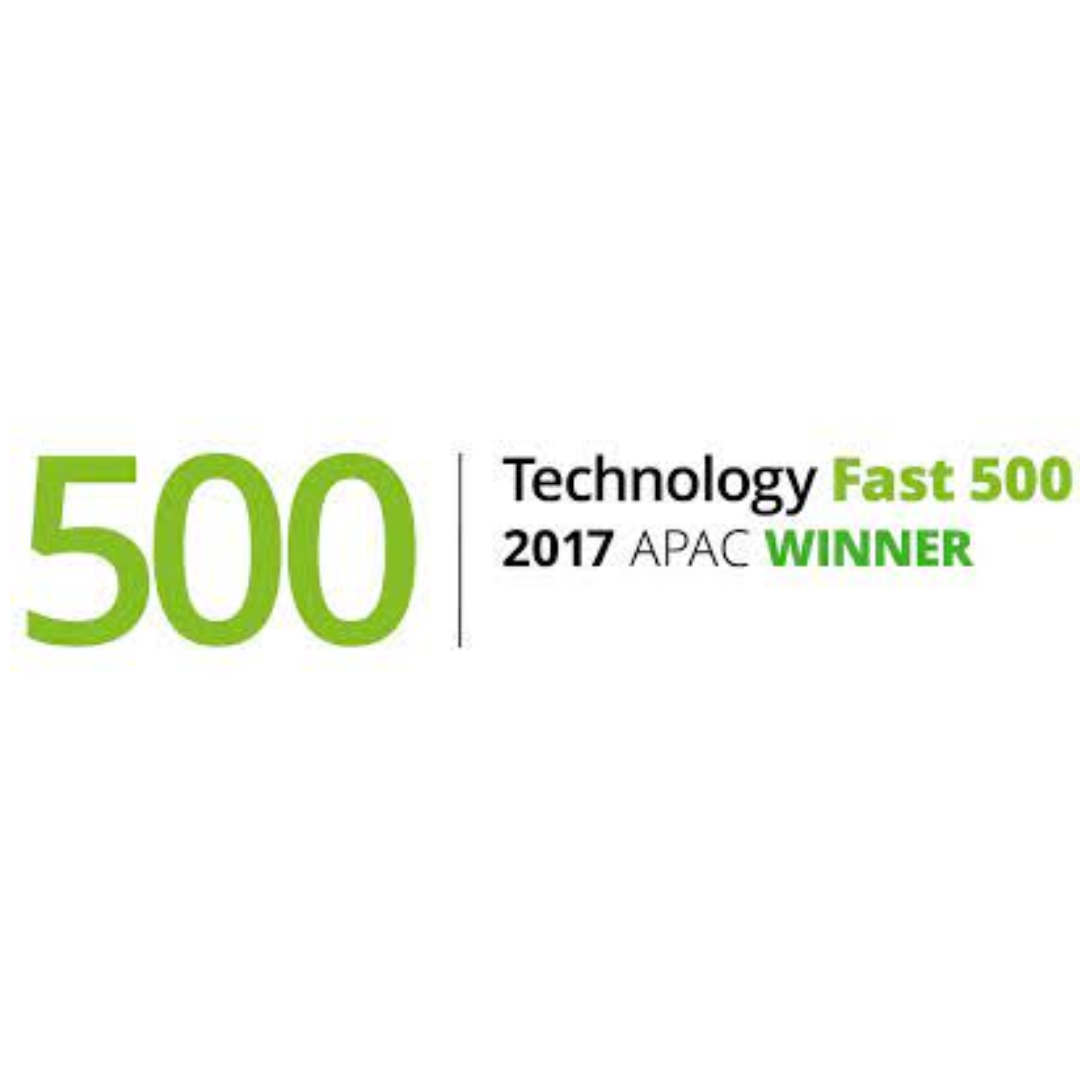

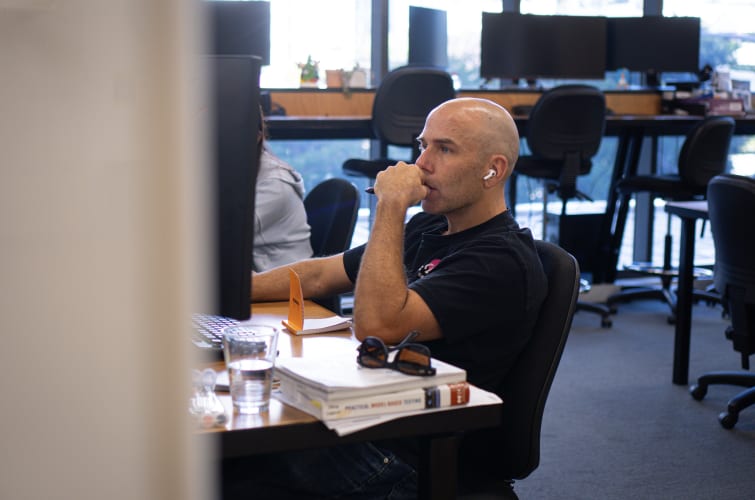
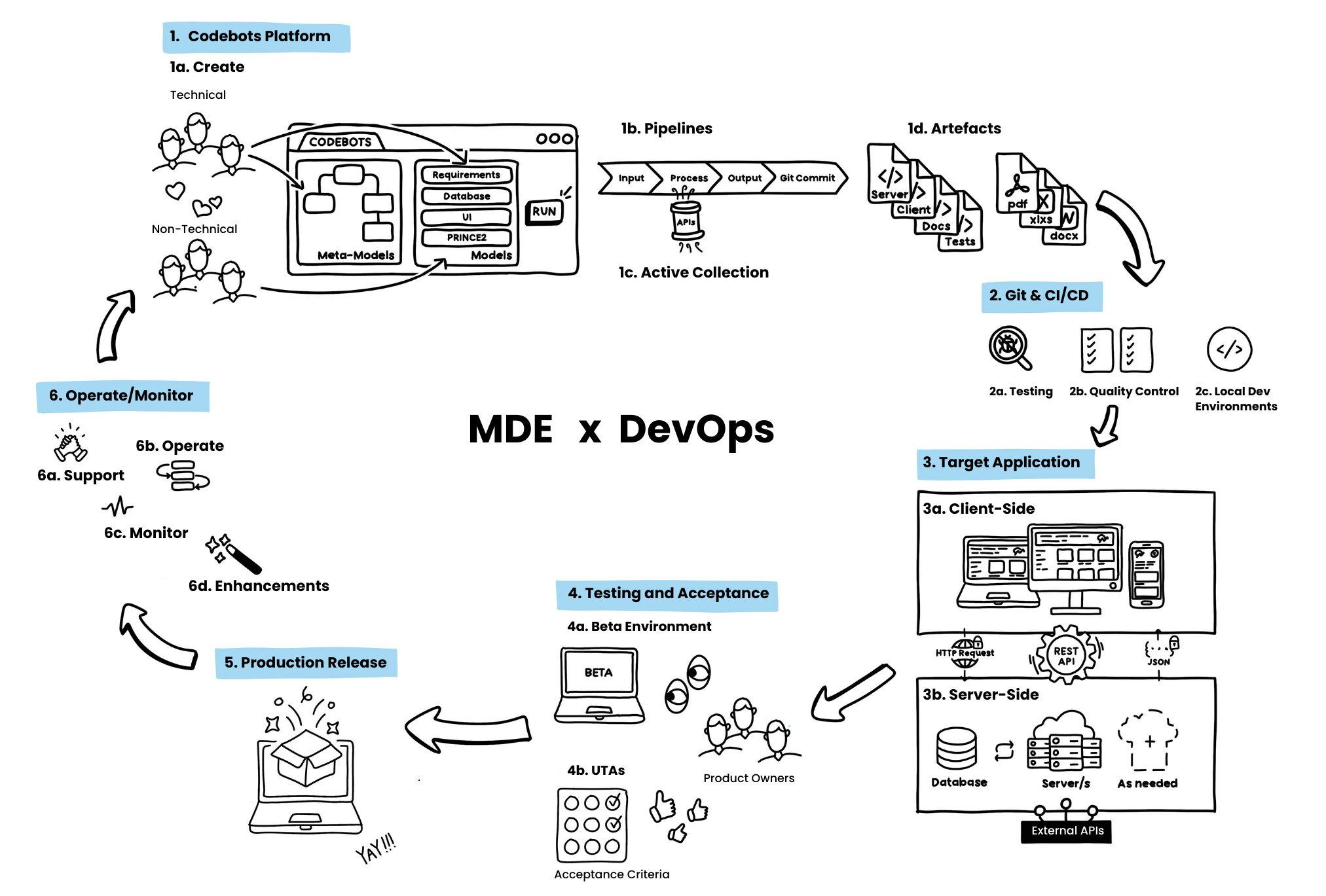



.png)
